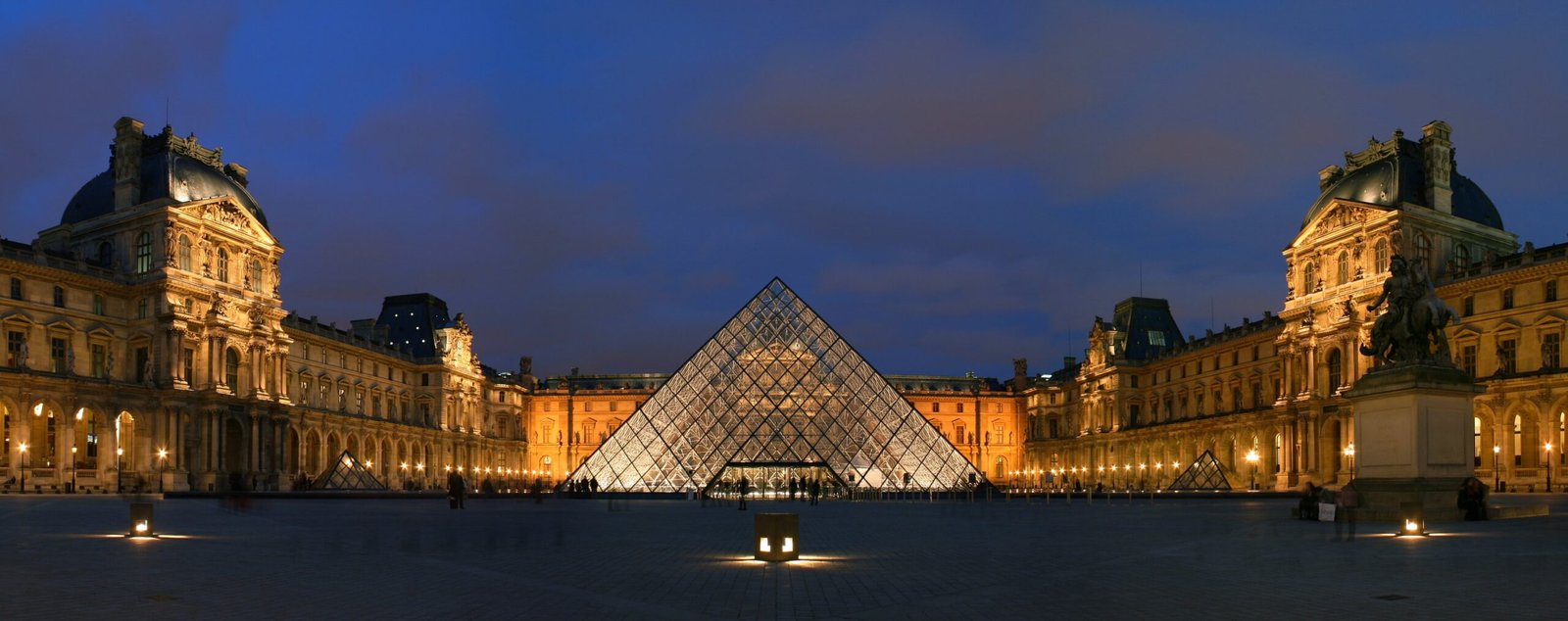The Louvre Museum in Paris houses an unparalleled collection of paintings by some of the world’s most renowned artists. From Renaissance masters to Romantic innovators, the Louvre’s halls are adorned with works that have shaped the course of art history. This article delves into the lives and masterpieces of the painters whose works grace the walls of this iconic institution, offering insights into their techniques, historical significance, and lasting impact on the art world.
Who Are the Most Famous Painters Featured in the Louvre?

The Louvre Museum boasts an impressive roster of painters whose works have become synonymous with artistic excellence. Here’s a list of some of the most celebrated artists whose paintings can be found within its walls:
- Leonardo da Vinci (Italian, 1452-1519)
- Raphael (Italian, 1483-1520)
- Michelangelo (Italian, 1475-1564)
- Caravaggio (Italian, 1571-1610)
- Rembrandt van Rijn (Dutch, 1606-1669)
- Jacques-Louis David (French, 1748-1825)
- Théodore Géricault (French, 1791-1824)
- Eugène Delacroix (French, 1798-1863)
- Georges de La Tour (French, 1593-1652)
- Jean-Honoré Fragonard (French, 1732-1806)
- Albrecht Dürer (German, 1471-1528)
- Hieronymus Bosch (Dutch, 1450-1516)
- Pietro da Cortona (Italian, 1596-1669)
- Nicolas Poussin (French, 1594-1665)
- Giuseppe Arcimboldo (Italian, 1527-1593)
- Luis Egidio Melendez (Spanish, 1716-1780)
What Are the Must-See Masterpieces by Louvre Museum Painters?

While the Louvre houses countless masterpieces, some paintings stand out for their historical significance, artistic innovation, and cultural impact. Here are five must-see works:
- Mona Lisa by Leonardo da Vinci
- Material: Oil on poplar wood
- Dimensions: 77 x 53 cm
- Location: Denon Wing – Level 1 – Room 711 (Salle des États)
-
Significance: Created between 1503 and 1506, this enigmatic portrait is arguably the most famous painting in the world, known for its subject’s mysterious smile and Leonardo’s mastery of the sfumato technique.
-
The Raft of the Medusa by Théodore Géricault
- Material: Oil on canvas
- Dimensions: 491 x 716 cm
- Location: Denon Wing – Level 1 – Room 700 (Salle Mollien)
-
Significance: Painted in 1818-1819, this monumental work is a cornerstone of French Romanticism, depicting the harrowing aftermath of a shipwreck with dramatic realism.
-
Coronation of Napoleon by Jacques-Louis David
- Material: Oil on canvas
- Dimensions: Approximately 30 feet by 22 feet
- Location: Daru Room 702
-
Significance: Completed in 1807, this massive painting captures the grandeur of Napoleon’s coronation, blending historical accuracy with political propaganda.
-
Portrait of Baldassare Castiglione by Raphael
- Material: Oil on canvas
- Location: Denon Wing – Level 1 – Room 712 (Great Gallery)
-
Significance: Painted in 1515, this masterpiece of Renaissance portraiture is renowned for its intimate portrayal and technical virtuosity.
-
Portrait of the Artist Holding a Thistle by Albrecht Dürer
- Material: Oil on panel
- Location: Richelieu Wing – Level 2 – Room 809
- Significance: Created in 1493, this self-portrait showcases Dürer’s exceptional talent and self-assurance, embodying Renaissance ideals of the cultured individual.
How Did These Painters Influence Art History?
The painters featured in the Louvre Museum have had a profound impact on the development of Western art. Their contributions can be summarized as follows:
-
Technical Innovations: Artists like Leonardo da Vinci revolutionized painting techniques, with innovations such as sfumato and chiaroscuro influencing generations of painters.
-
Stylistic Movements: The works of painters like Théodore Géricault and Eugène Delacroix were instrumental in defining the Romantic movement, challenging the prevailing Neoclassical style.
-
Portraiture: Masters like Raphael and Rembrandt elevated portraiture to new heights, capturing not just physical likeness but also the essence of their subjects.
-
Historical Painting: Jacques-Louis David’s grand historical compositions set new standards for the genre, blending classical ideals with contemporary events.
-
Religious Art: Painters such as Caravaggio transformed religious painting with their dramatic use of light and realistic depictions of biblical scenes.
What Are the Best Ways to Experience the Louvre’s Painting Collection?
To fully appreciate the Louvre’s vast collection of paintings, consider the following tips:
-
Guided Tours: Take advantage of expert-led tours focusing on specific periods or styles of painting.
-
Audio Guides: Rent an audio guide for in-depth information about key works and artists.
-
Thematic Visits: Plan your visit around specific themes or artists to avoid being overwhelmed by the museum’s size.
-
Off-Peak Hours: Visit during less crowded times, such as Wednesday and Friday evenings when the museum is open late.
-
Special Exhibitions: Check the Louvre’s website for temporary exhibitions that may offer unique perspectives on the permanent collection.
What Practical Information Should Visitors Know About the Louvre’s Painting Galleries?
When planning your visit to explore the Louvre’s painting collection, keep these practical points in mind:
- Opening Hours: The Louvre is open every day except Tuesday, from 9:00 AM to 6:00 PM. Extended hours until 9:45 PM on Wednesdays and Fridays.
- Tickets: Purchase tickets online in advance to avoid long queues.
- Accessibility: The museum offers wheelchair rentals and has accessible entrances and elevators.
- Photography: Non-flash photography is allowed in most areas, but check specific rules for each gallery.
- Crowd Management: Some popular works, like the Mona Lisa, may have timed entry or viewing restrictions.
How Can Art Enthusiasts Deepen Their Understanding of Louvre Museum Painters?
For those looking to expand their knowledge of the painters featured in the Louvre, consider these resources:
- Museum Publications: Purchase exhibition catalogs and art books from the Louvre’s bookshop.
- Online Resources: Explore the Louvre’s official website for detailed information on artists and collections.
- Art History Courses: Enroll in online or local art history classes focusing on periods represented in the Louvre.
- Virtual Tours: Take advantage of virtual tours and digital resources offered by the Louvre for remote exploration.
- Artist Biographies: Read comprehensive biographies of key painters to understand their lives and artistic development.
By exploring these avenues, art lovers can gain a deeper appreciation for the masterpieces housed in the Louvre and the painters who created them.

